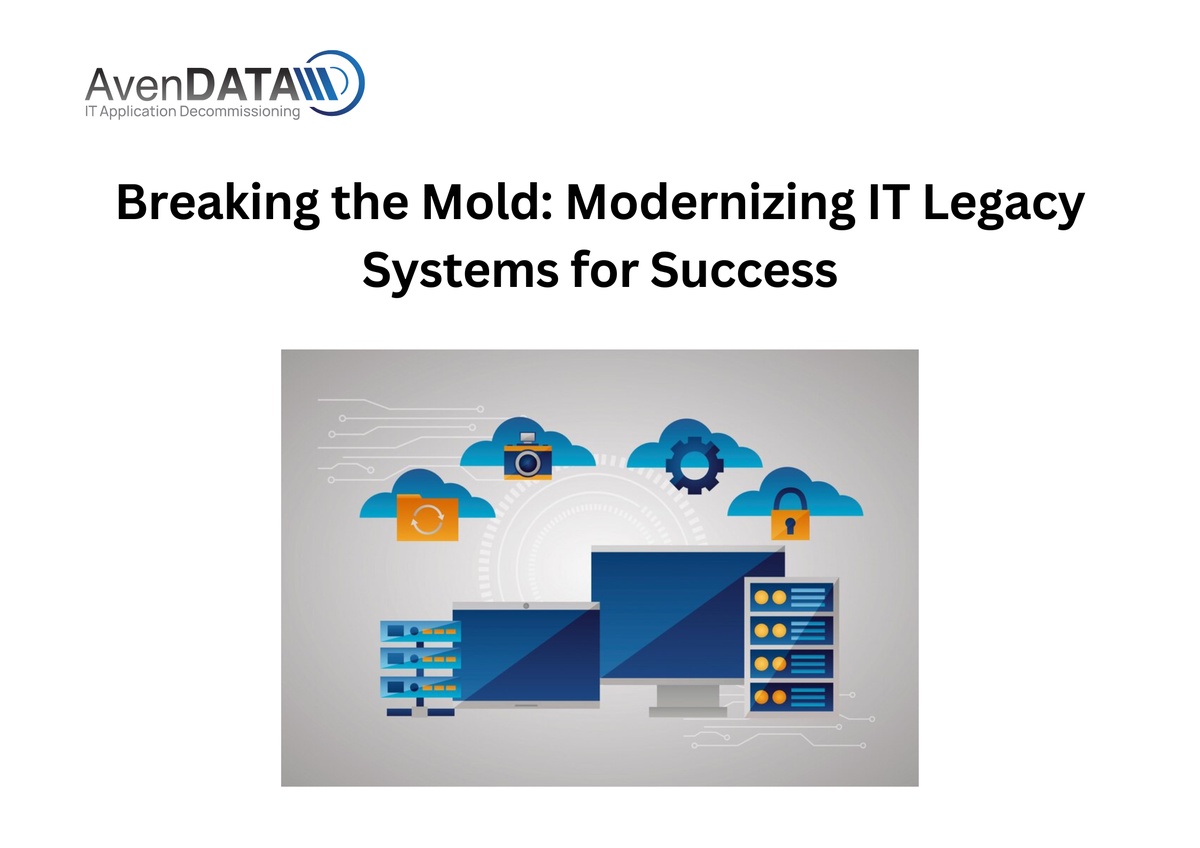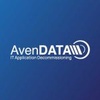In the ever-evolving landscape of technology, organizations are faced with the challenge of navigating and modernizing their IT legacy systems to remain competitive and adaptive in the digital era. The process of modernizing IT legacy systems represents a paradigm shift, marking the departure from traditional approaches towards innovative, agile, and future-ready solutions. This blog delves into the imperative of breaking the mold and modernizing IT legacy systems, highlighting the transformative impact, key strategies, and the pivotal role of modernization in driving organizational success in the digital age.
The Imperative of Modernizing IT Legacy Systems
Legacy systems, characterized by outdated technology, siloed infrastructure, and inherent complexities, pose significant obstacles to organizations striving for agility, scalability, and innovation. The imperative of modernizing IT legacy systems lies in the need to overcome these challenges and harness the full potential of technology to meet evolving business demands, enhance customer experiences, and drive operational efficiency. By breaking the mold of legacy constraints, organizations can pave the way for sustainable growth and digital transformation.
Embracing Innovation and Agility
Modernizing IT legacy systems involves a fundamental shift towards embracing innovation and agility. By leveraging modern technologies such as cloud computing, microservices, and containerization, organizations can unlock new opportunities for scalability, flexibility, and rapid deployment of applications. The integration of agile methodologies and DevOps practices further fosters a culture of innovation, enabling organizations to adapt to changing market dynamics and deliver value at an accelerated pace.
Streamlining Business Processes and Workflows
The modernization of IT legacy systems offers organizations the opportunity to streamline business processes and workflows. By replacing outdated and manual processes with automated, intelligent solutions, organizations can optimize operational efficiency, reduce time-to-market, and enhance productivity. The integration of modernized systems with enterprise resource planning (ERP) and customer relationship management (CRM) platforms creates a cohesive ecosystem that empowers seamless collaboration and data-driven decision-making.
Enhancing Security and Compliance
Legacy systems are often susceptible to security vulnerabilities and compliance challenges, posing risks to data integrity and regulatory adherence. Modernizing IT legacy systems involves implementing robust security measures, encryption protocols, and compliance frameworks to mitigate cyber threats and safeguard sensitive information. The adoption of modern security solutions, such as identity access management and threat detection technologies, fortifies organizational resilience and instills confidence in data protection.
Enabling Data-driven Insights and Analytics
Modernizing IT legacy systems facilitates the integration of advanced analytics and business intelligence capabilities, enabling organizations to derive actionable insights from vast volumes of data. By leveraging modern data platforms and analytics tools, organizations can gain a competitive edge through informed decision-making, predictive analytics, and real-time visibility into business performance. The democratization of data empowers stakeholders at all levels to make data-driven decisions that drive strategic outcomes.
Fostering Customer-Centric Experiences
The modernization of IT legacy systems is instrumental in fostering customer-centric experiences through personalized, omnichannel interactions. By unifying customer data and modernizing customer relationship management systems, organizations can deliver seamless experiences that cater to individual preferences and expectations. The integration of artificial intelligence and machine learning capabilities further augments the ability to anticipate customer needs and deliver hyper-personalized experiences.
Driving Digital Transformation and Future Readiness
Modernizing IT legacy systems is a cornerstone of driving digital transformation and future readiness. By breaking the mold of legacy constraints, organizations position themselves to embrace emerging technologies, innovative business models, and disruptive market trends. The modernization journey empowers organizations to pivot towards a future-ready state, where adaptability, resilience, and innovation are intrinsic to sustained success in the digital age.
In conclusion, breaking the mold and modernizing IT legacy systems is an imperative for organizations seeking to thrive in the digital landscape. The transformative impact of modernization extends beyond technological upgrades, encompassing cultural shifts, strategic innovation, and the relentless pursuit of agility and future readiness. By embracing modernization, organizations can chart a course towards sustainable growth, operational excellence, and a competitive edge that transcends legacy constraints. The journey of modernizing IT legacy systems represents a bold step towards shaping a digital future that is defined by innovation, adaptability, and enduring success.
#AvenDATA #legacysystems #ITlegacysystems #dataarchiving #legacydata


No comments yet